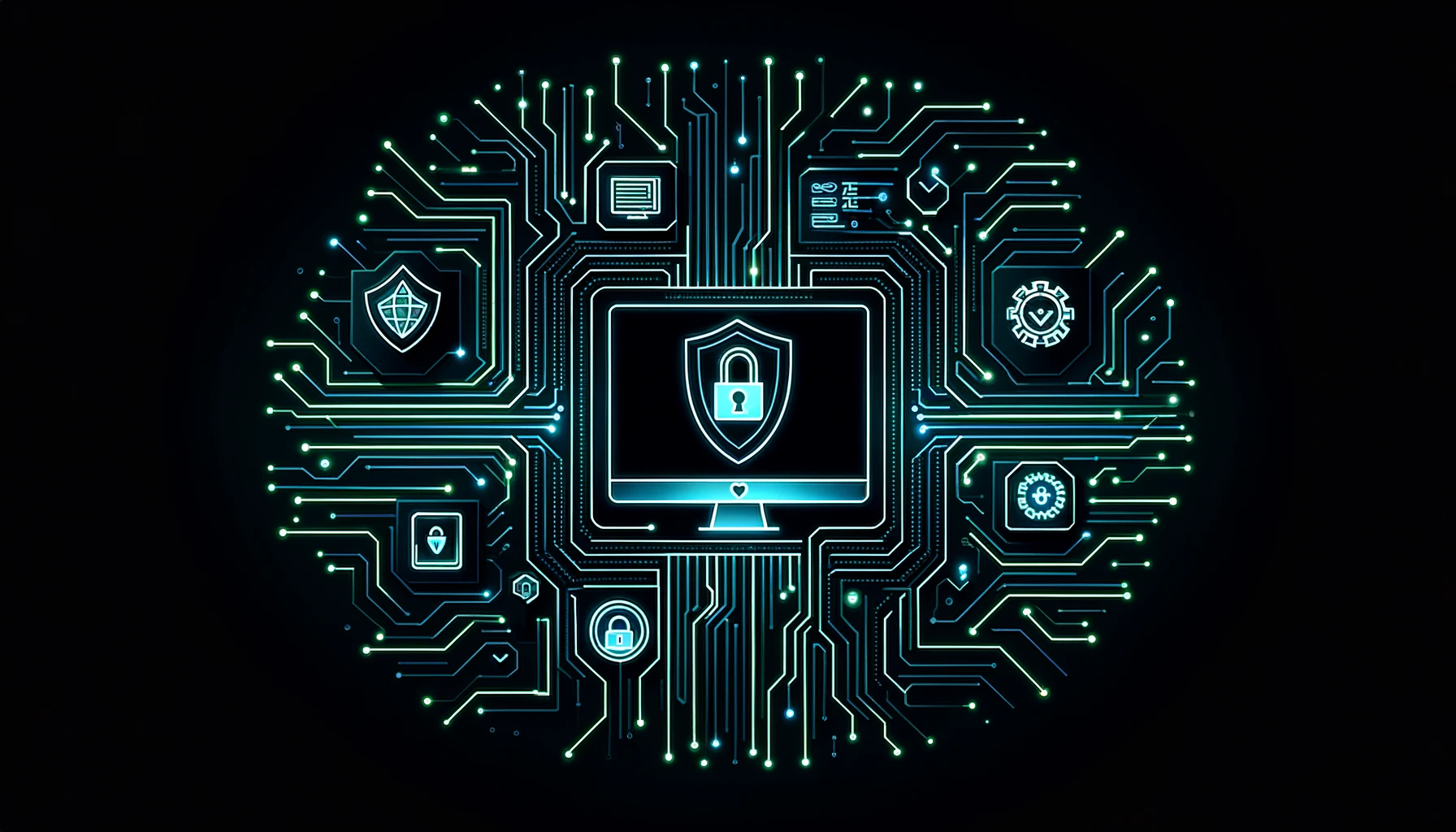Endpoint Detection & Response (EDR)
Endpoint Detection & Response (EDR)
Endpoint Detection and Response (EDR) is a tool used in cybersecurity to help keep computers, smartphones, and servers safe from threats. It works by watching over these devices, looking for signs of danger, and taking action to stop it. Unlike traditional antivirus programs, EDR can see what's happening in real time, use smart responses, and understand different kinds of cyber threats, like advanced persistent threats (APTs) and ransomware.
If you want to make your organization's defenses stronger, using penetration tests and vulnerability scans are great ways to find and fix weaknesses.
Key Points
- What is EDR? EDR is a cybersecurity tool that watches endpoint devices in real time to find and respond to threats.
- Main Features: Real-time monitoring, behavior analysis, and automated responses.
- Why EDR Matters: It helps protect against advanced threats and stops data breaches before they get worse.
- Common Use Cases: EDR is used to detect ransomware, watch for insider threats, and protect against APTs.
- How EDR Works: It collects data from devices, looks for anything strange, and takes steps to stop any danger.
Related Terms
How Does EDR Work?
EDR tools work by constantly gathering data from devices like computers, laptops, and servers. This data includes things like network connections, file changes, and process activity. The system then looks at this data using machine learning and behavior analysis to spot anything unusual that could mean a threat is present.
Once a threat is found, EDR can take quick action, such as:
- Isolating the affected device so the threat can’t spread to other devices.
- Stopping harmful processes before they can cause damage.
- Deleting dangerous files or creating alerts so someone can handle it manually.
By using these methods, EDR is able to stop new types of attacks that traditional antivirus programs might miss. To read more about real-world examples of attacks and how they were handled, check out 7 Devastating Cases of Cyber Attacks and Lessons Learned.
Core Features of EDR
- Real-Time Monitoring: EDR tools keep an eye on endpoint activities 24/7, including running processes, network traffic, and changes to files or user privileges.
- Behavioral Analysis: Using machine learning, EDR can spot strange behaviors that could mean a cyberattack is happening. This helps find threats like insider threats or fileless malware.
- Automated Response: EDR can automatically take action to stop threats. For example, if a device seems compromised, it can be quarantined immediately to prevent the spread of an attack.
- Forensic Capabilities: EDR keeps detailed logs of all activities, allowing security teams to do forensic analysis to find out how a threat got in and how to prevent it next time.
Why is EDR Important for Modern Cybersecurity?
With more people working remotely, using personal devices for work (BYOD), and relying on cloud computing, there are many new ways hackers can try to attack. Each of these devices, called endpoints, is a potential entry point for cybercriminals.
Antivirus software and firewalls mostly try to stop attacks from happening. But EDR focuses on both detection and response. This makes it especially useful against advanced persistent threats (APTs), which are attacks designed to stay hidden in networks for long periods of time. To learn more about how these sophisticated attacks work, visit our glossary article on APTs.
Common Use Cases for EDR Solutions
1. Ransomware Detection and Response
EDR can catch ransomware before it locks all your files. By noticing strange behavior, like files being quickly encrypted, the system can isolate the affected device to stop the ransomware from spreading. For more on ransomware, check out our Ransomware Glossary Article.
2. Insider Threat Monitoring
Sometimes, threats come from people within an organization, like employees with bad intentions. EDR tools can find these insider threats by watching for unusual actions, like trying to access unauthorized data or copying large amounts of files.
3. Advanced Persistent Threat (APT) Mitigation
APT groups try to stay in a network for as long as possible without being noticed. EDR can help find these threats by looking for unusual patterns, such as lateral movement or strange command and control activities. To better be prepared against these types of attacks, try our phishing simulations.
FAQ
EDR offers more advanced features, including continuous monitoring, threat analysis, and automated incident responses.
EDR systems continuously collect data from endpoints, analyze it for signs of threats, and automatically respond to isolate or eliminate it.
Yes, EDR can be beneficial for companies of all sizes and industries to protect their endpoints.




































